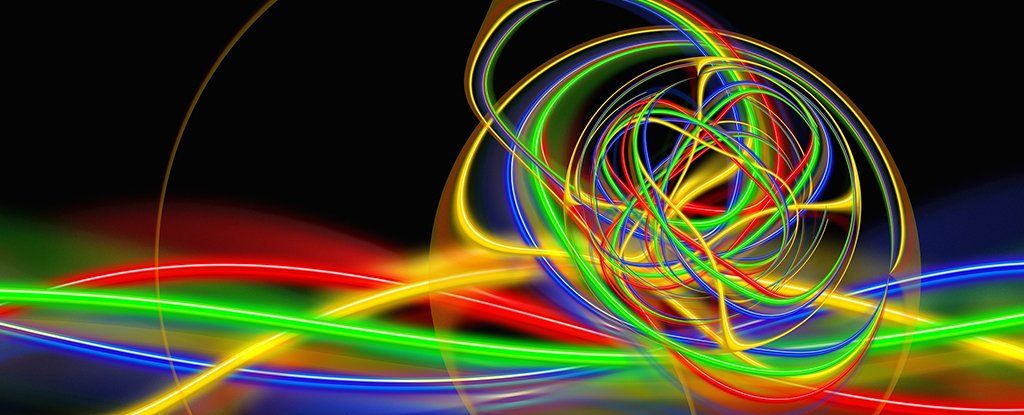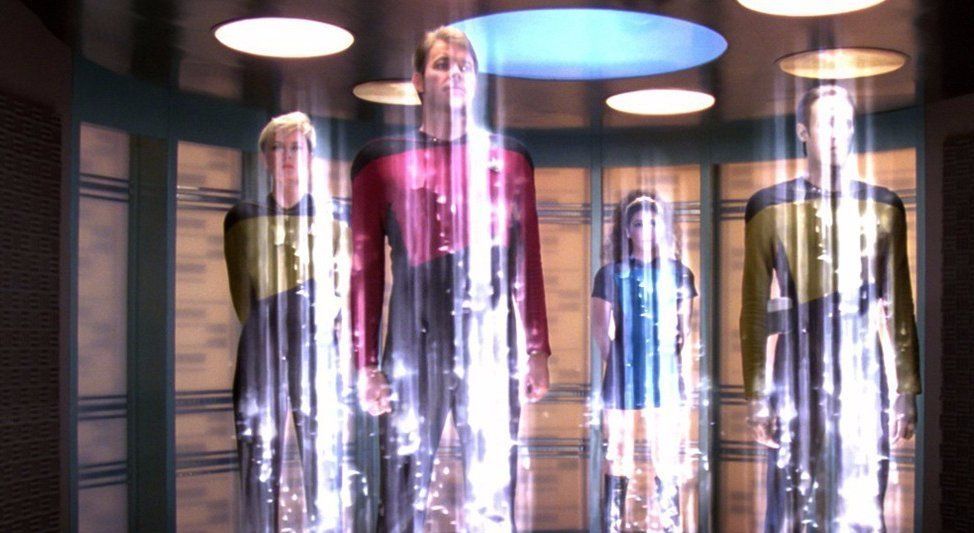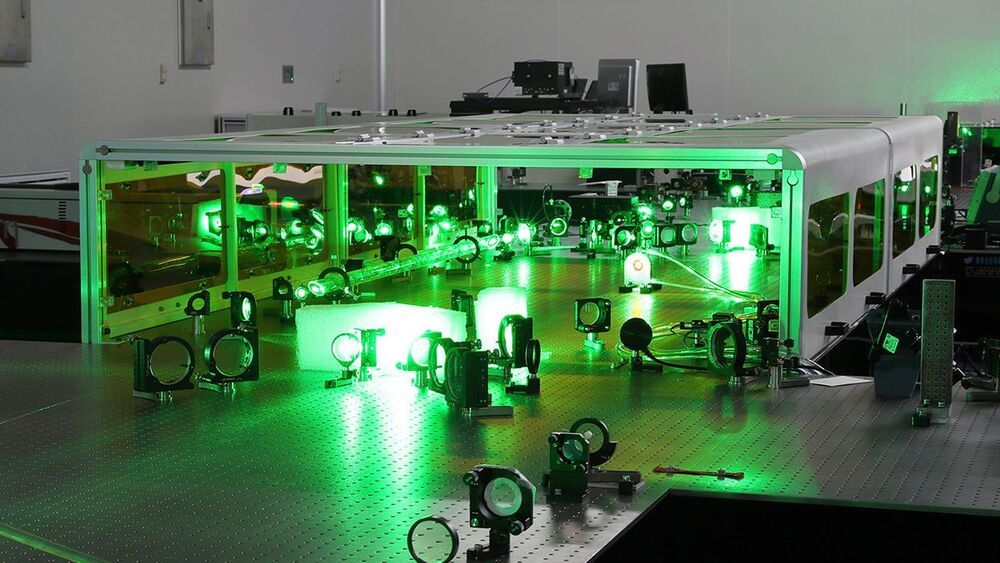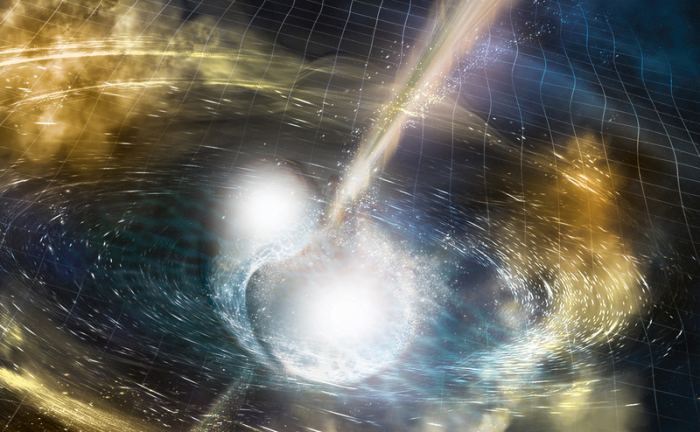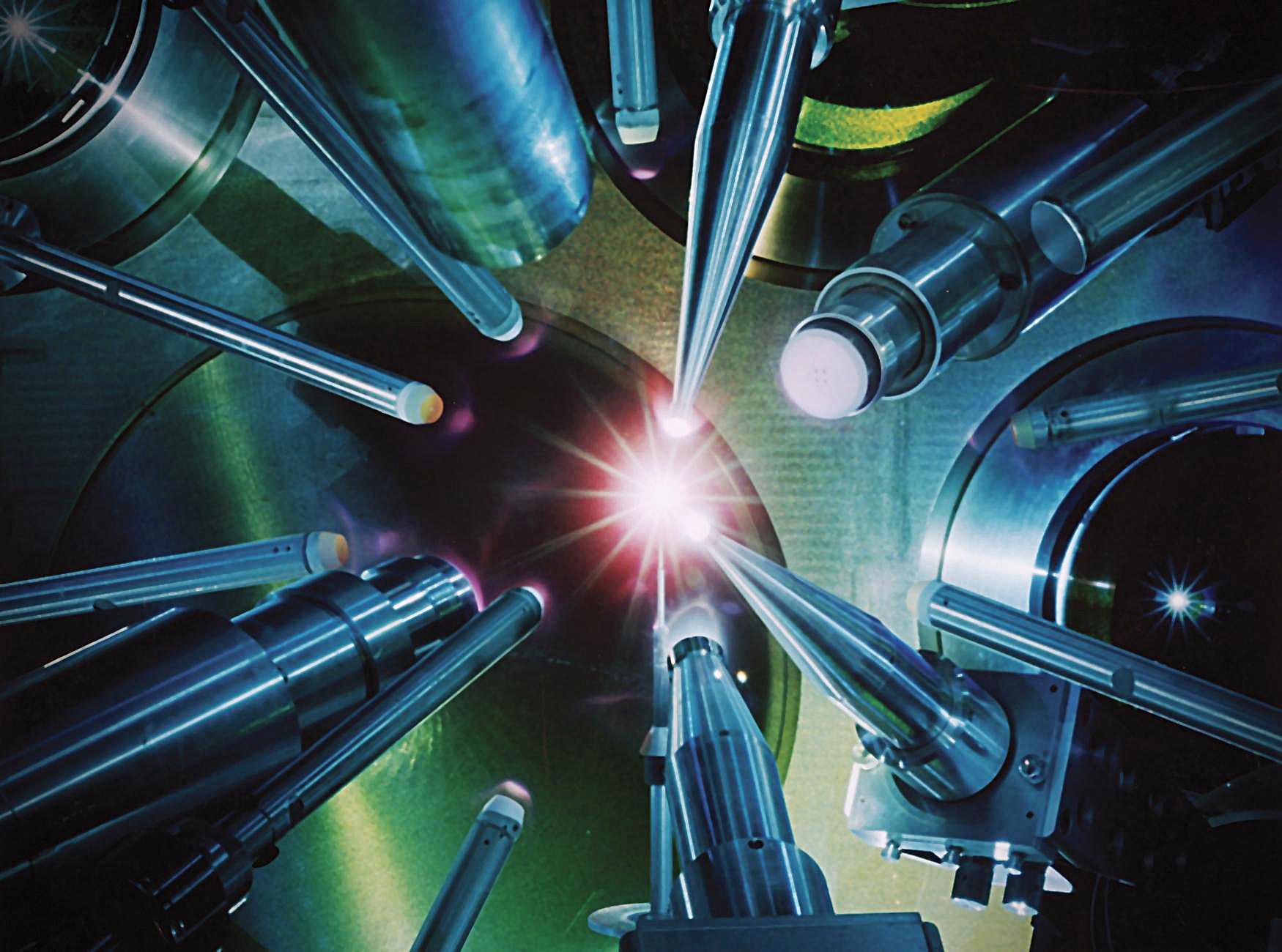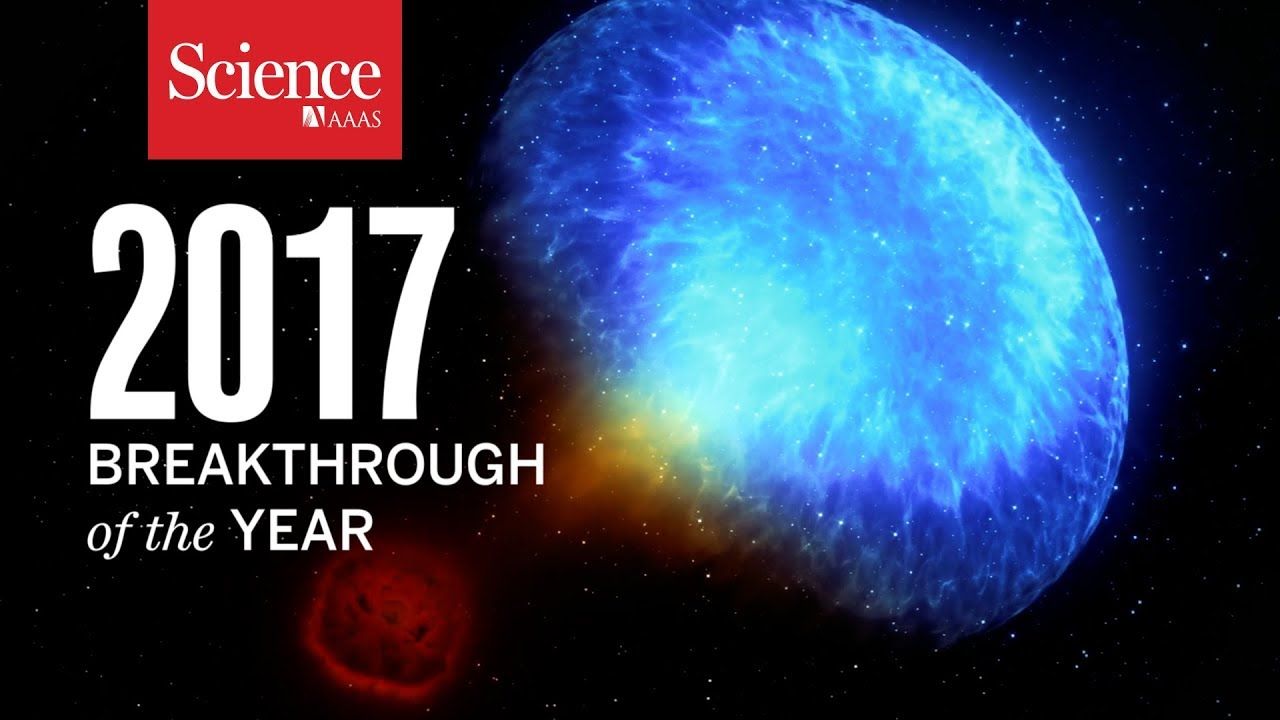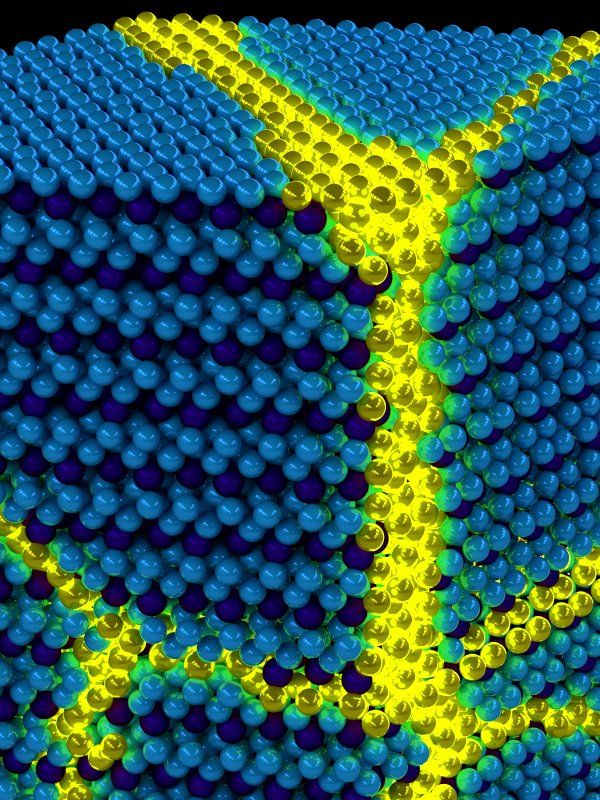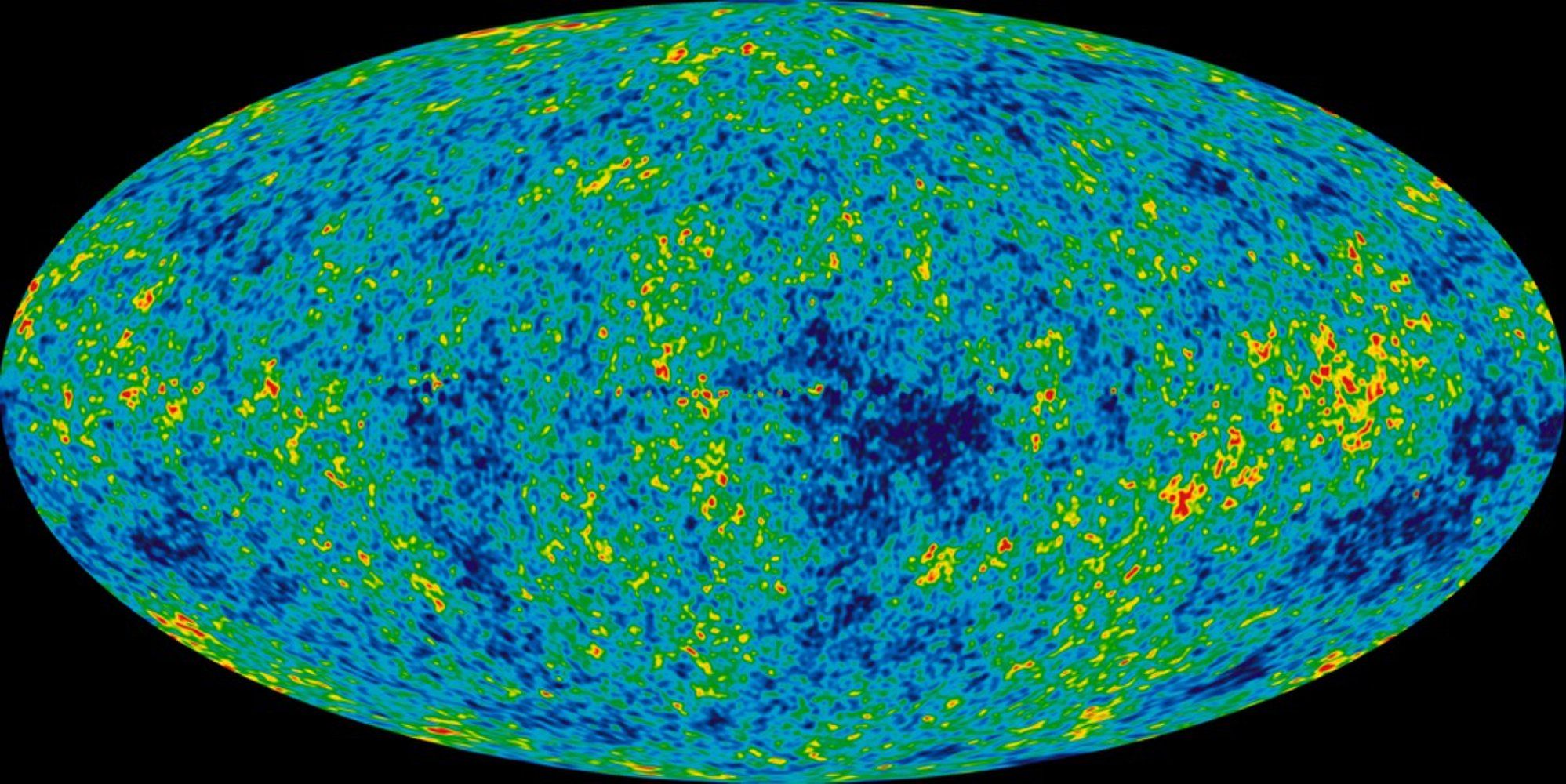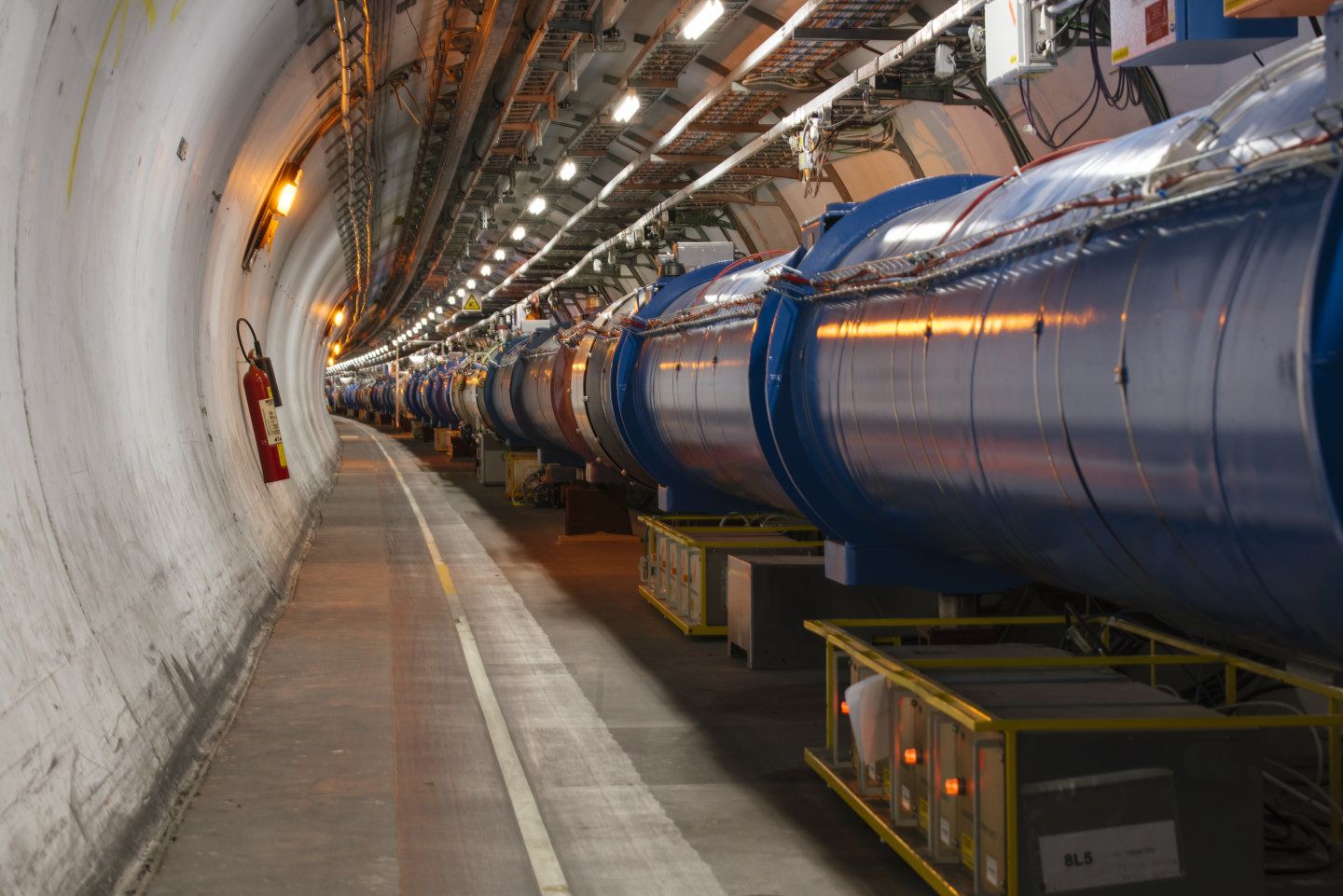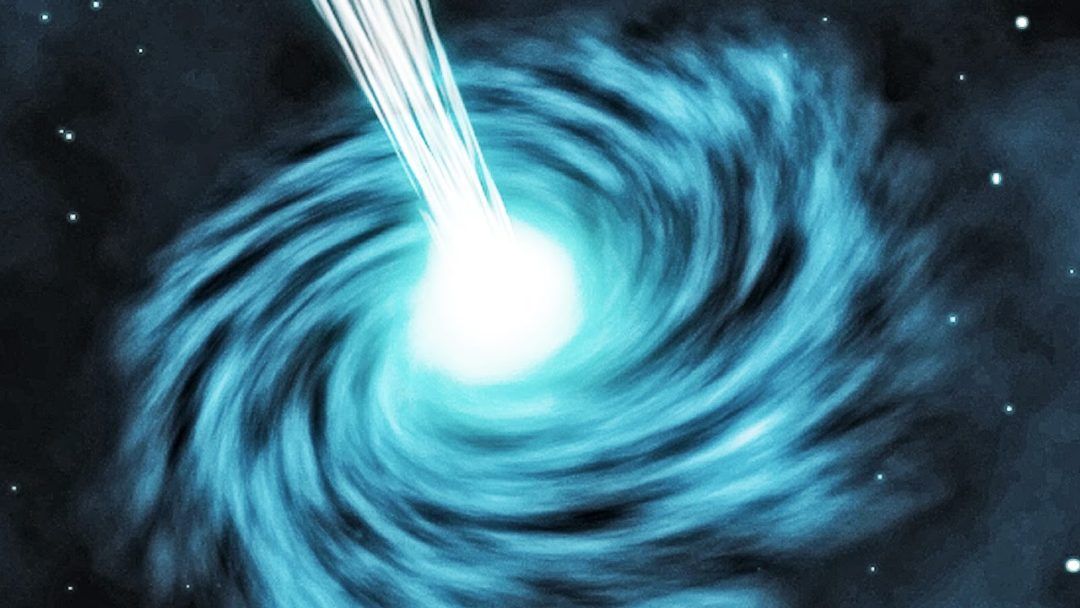Feb 2, 2018
Physicists Just Found a New Way to Bend a Fundamental Rule of Light Waves
Posted by Klaus Baldauf in category: physics
One of the more well-known rules in physics is that light can only ever go one speed, so long as nothing stands in its way.
But new research has found there could be an interesting exception to this rule, where the mixing of light waves could bring them to a complete standstill.
The discovery hints at new ways of wrangling not just photons but nearly any kind of wave, which could be useful in technology that relies on information sent and stored using light.
Continue reading “Physicists Just Found a New Way to Bend a Fundamental Rule of Light Waves” »
